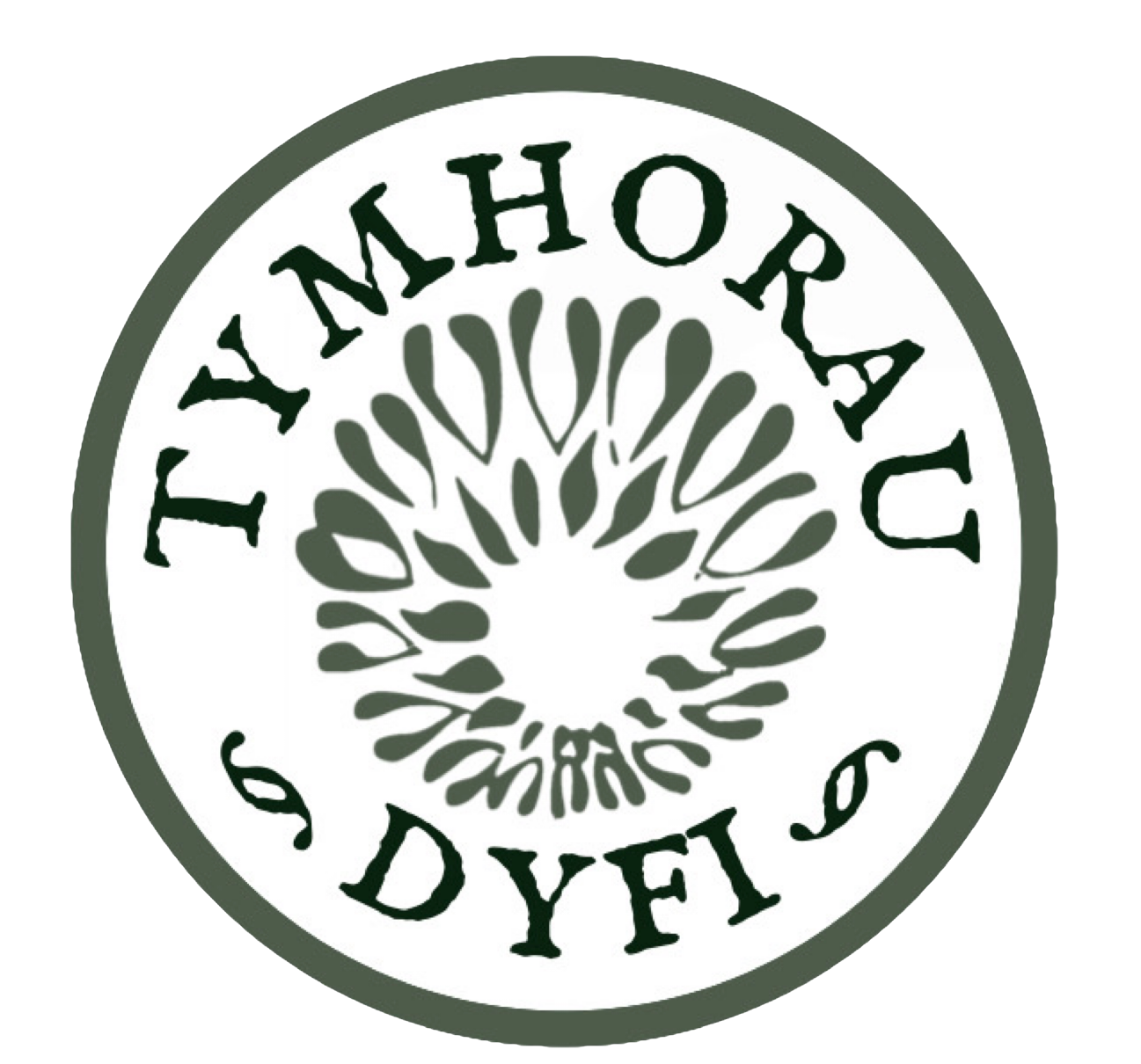In Spring, the Dyfi valley has a touch of magic and mystique about it. Slate blue streams weave and tangle through forested banks in the dappled light as ancient Oaks and Hazel trees begin to wake from their winter slumber. Last week, I had the privilege of joining our ‘in house’ Ecologist and Lichenologist, Joe on a morning study of Lichen in the area. Joe’s enthusiasm for these micro-organisms is infectious and his knowledge is exceptional. Like a walking encyclopaedia he can spot rare and interesting lichen species through the entangled foliage and even from the track in our moving Tymhorau pick-up. Our journey began by visiting a old Ash tree blanketed with different species of lichen, that Joe had spotted on a previous study and been keen to revisit. On closer inspection, Joe identified several species living on bark in this small area including: Sticta fuliginosa, Dimerella lutea, Parmeliella triptophylla and Cetrelia olivetorum.
Hopping back into the Tymhorau truck we travelled deeper into the woodlands to see what else we could spot. We weren’t disappointed, Joe quickly pointed out a Slime mould or enteridium lycoperdon plasmodium, which had manifested itself on a dead tree. I learnt that these plasmodiums constantly change shape, creeping along its, usually dead host seeking out nutrients. Although they have a short life span, they have quite an impact should you spot one out and about.




Further along we came across the Hymenochaete corrugata or Glue fungus which had neatly glued a dead Hazel twig to the living branches of the canopy. This strategy stops dead twigs falling to the ground where they would be available for decomposition by other fungi. A genius way to avoid any competition with soil fungi and other rotting wood species which function in the damper conditions at ground level.
Throughout the journey we stumbled upon a number of more common lichen species that were thriving in this habitat, including of course the very common Flavoparmelia caperata
It was however an ancient oak tree that proved to be the most fruitful with an abundance of Loberium polminarium, Pannaria conoplea, Sticta limbata
Nephroma parile and Parmeliella triptophylla coating the whole trunk, an exciting moment for both Joe and I. Here’s a video of Joe explaining more about the fascinating Loberium polminarium lichen and a little trick that you could do yourself should you stumble across some on a walk through the Dyfi valley:
We run regular Lichen walk and talk events throughout the Dyfi valley and would love for you to get involved. If you would be interested in joining us, then be sure to check out our website for regular event updates or you can follow us on Instagram or Facebook @tymhorau_dyfi. We also have a regular newsletter with information about up-and-coming events, talks and courses. If you would like to know more about what we do here at Tymhorau then please feel free to sign up to our newsletter.
